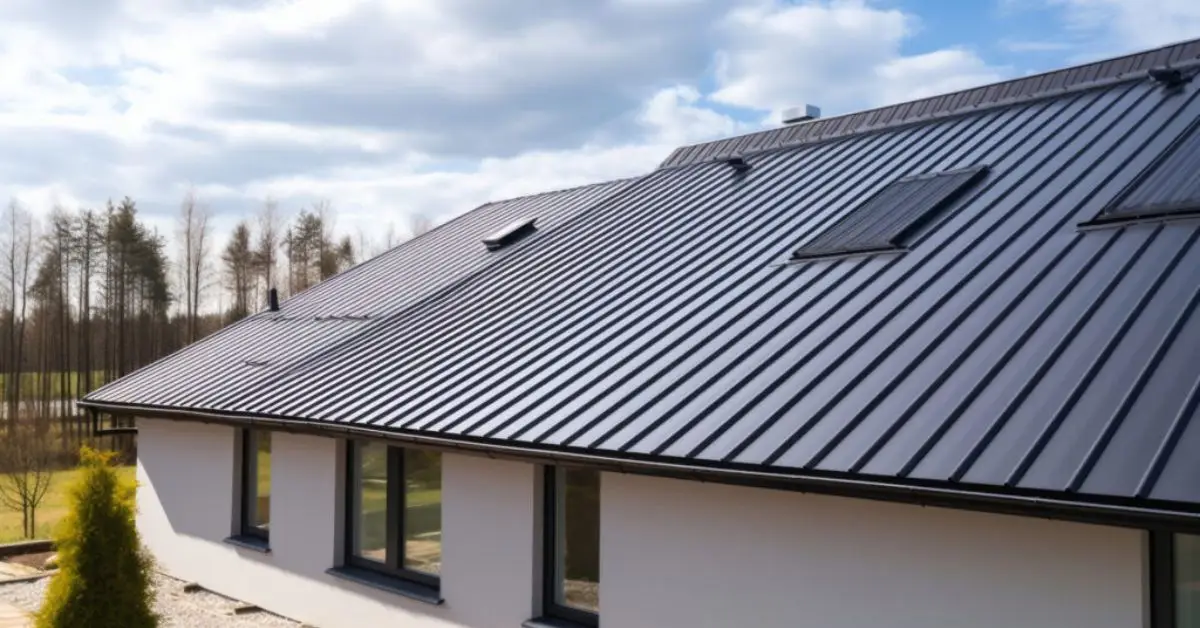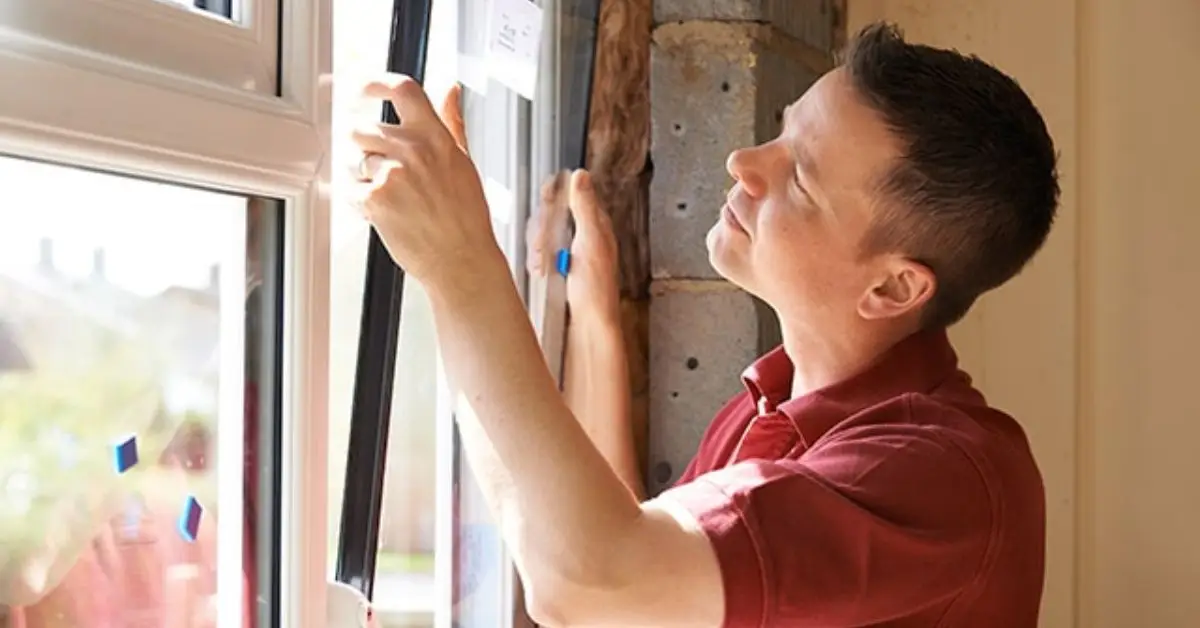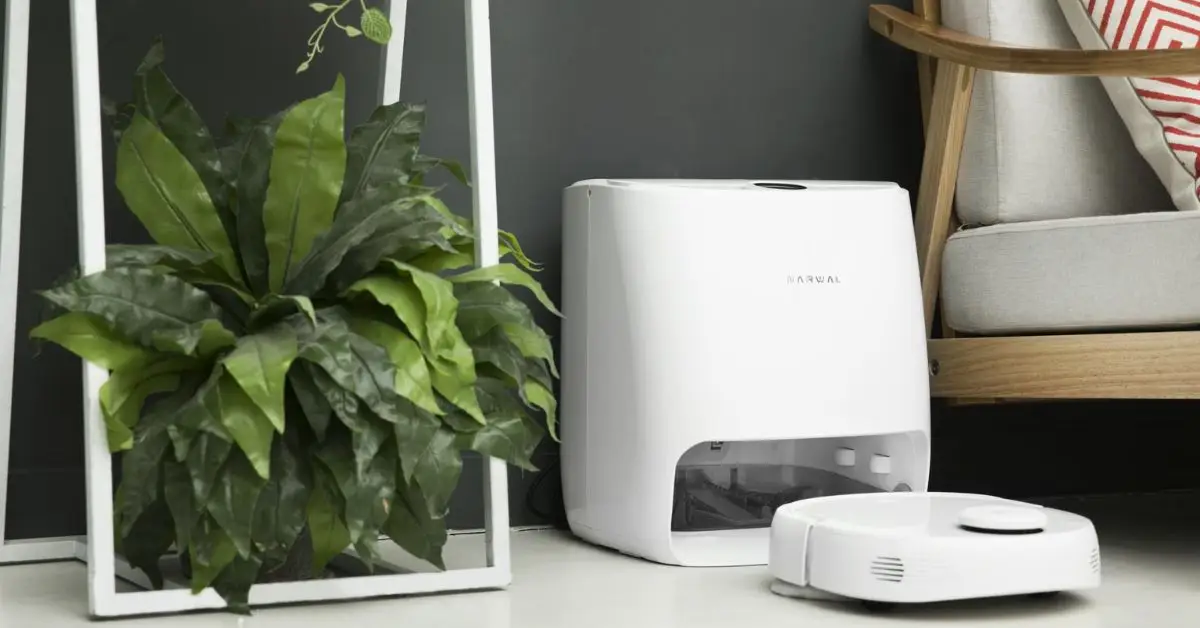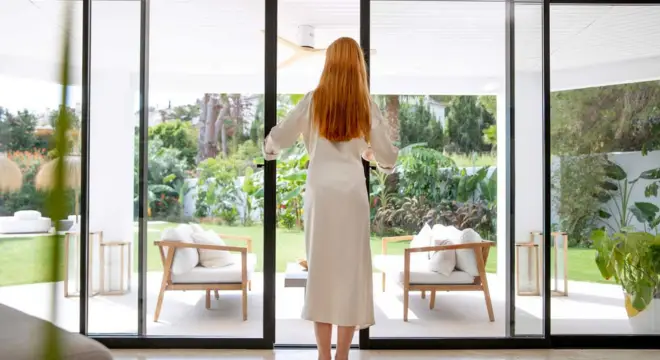8 Low-Maintenance Home Upgrades That Actually Pay Off
I don’t know about you, but I’m tired of spending my weekends fixing things I didn’t break. Mowing. Scrubbing. Repainting. It’s like my home is a second job I never applied for.
If you’re juggling work, kids, or just trying to catch a breath in between life’s chaos, you don’t need more tasks—you need less maintenance. That doesn’t mean giving up on a beautiful, functional home. It means making smarter upgrades that actually work for you, not the other way around.
In this guide, I’ll walk you through 8 home upgrades that save time, cut down your to-do list, and still add serious value. These aren’t gimmicks—they’re proven, practical changes I’ve seen homeowners love, and they’re backed by industry data and real-world experience.
Some you can DIY. Some are worth investing in. But all of them have one thing in common: they’ll help you reclaim your weekends.
So if you’re done with high-maintenance living, let’s dive in.
1. Upgrade to Fiber-Cement or Vinyl Siding
Let me be honest: if your home’s exterior still needs repainting every few years, you’re throwing away both time and money. Paint peels. Wood rots. And weather doesn’t care how busy you are.
That’s why I always recommend switching to fiber-cement or high-quality vinyl siding. These materials are made to handle decades of abuse—UV rays, moisture, pests, and even fire in some cases.
Fiber-cement siding, like James Hardie boards, gives you a clean, modern look with almost no upkeep. Most brands come with 30- to 50-year warranties, and they barely fade over time. Vinyl is even easier—no painting, no sealing, and it just needs a hose-off once in a while.
If you’re tired of climbing ladders, calling painters, or worrying about wood rot—this one upgrade can save you years of hassle. If you’re also prepping your home for resale, these 5 genius home upgrades under $500 are budget-friendly and instantly boost your curb appeal—without adding maintenance tasks.
Where this fits: Perfect for older homes with wooden exteriors, or if you plan to stay in your home for a long time and want it to “just last.”
2. Install a Metal Roof (“Forever Roof”)
Let’s talk roofing—one of those upgrades you only think about when something leaks. But here’s the truth: asphalt shingles might last 15–20 years, but they need regular checkups, patching, and eventually full replacement.

A metal roof, on the other hand, is the kind of “set it and forget it” investment I love. Properly installed, it can last 40–50 years, resist rust, reflect heat (lowering your energy bills), and even survive extreme weather better than traditional roofing.
Yes, it costs more upfront. But it’s a one-time upgrade that removes roof maintenance from your life for decades. Before starting major upgrades like roofing or new siding, make sure you know which home upgrades need a license—some of the requirements might surprise you.
If you want peace of mind during every thunderstorm—and never want to replace a roof again—this might be your forever fix.
3. Choose Low-Care Flooring Like Laminate or Luxury Vinyl
Let’s face it—flooring takes a beating. Between muddy shoes, spilled drinks, pet claws, and daily foot traffic, traditional floors like hardwood or carpet wear out fast and need regular deep cleaning or refinishing.
That’s why I always steer busy homeowners toward laminate or luxury vinyl plank (LVP) flooring. These aren’t the flimsy materials of 10 years ago. Today’s products are scratch-resistant, water-resistant, and designed for real-life messes.
You can mop them, vacuum them, and in most cases, install them yourself over existing flooring. No sealing. No sanding. No headaches. And they still give you that clean, wood-floor look without the maintenance that comes with actual wood.
If you’ve got kids, pets, or a packed schedule, switching your floors is one of the most instantly rewarding upgrades you can make.
4. Impact or Energy-Efficient Windows & Doors
Drafty windows and sticking doors are more than just annoying—they cost you time, money, and peace of mind. If you’ve been caulking the same gaps every winter, it’s time to think bigger.

Upgrading to impact-rated or energy-efficient windows and doors does three things at once:
- Protects your home from wind, noise, and extreme weather
- Reduces your heating and cooling bills
- Cuts down on long-term maintenance like repainting, re-caulking, or sealing
And if you live in hurricane-prone zones, impact windows can eliminate the need for storm shutters altogether.
Not only do these upgrades boost comfort, they also boost your home’s resale value—because buyers want homes that don’t need constant fixing.
If you’re done with cold drafts, condensation, and high energy bills, this is one of those upgrades you’ll feel every single day.
5. Smart Home & Self-Cleaning Tech That Works for You
If you’re still scrubbing ovens and forgetting to turn off the thermostat before leaving for work—you’re working harder than you need to.

Smart home tech isn’t about luxury anymore—it’s about saving time, money, and mental energy. Products like smart thermostats, robot vacuums, leak detectors, and self-cleaning appliances are designed to handle the boring stuff so you don’t have to.
A smart thermostat like Nest or Ecobee can automatically adjust your HVAC based on your schedule—saving you up to 10–15% on energy bills. Leak detection sensors can alert you before a pipe bursts, and robot vacuums? Set them on a schedule and forget it.
Slapdash Mom has a full list of smart devices that help cut down cleaning and maintenance time for busy families.
And for the skeptics: yes, they really work. I’ve seen homeowners reduce their daily chore time by over an hour a day using just two or three smart tools.
If you’re constantly multitasking, smart tech isn’t a luxury—it’s a lifeline.
6. Gutter Guards & Touchless Fixtures: Small Upgrades, Big Wins
These aren’t flashy upgrades, but they’re lifesavers. Ask anyone who’s ever cleaned out a soggy gutter full of leaves—or dealt with a clogged faucet—and they’ll tell you: some of the best home upgrades are the ones you never have to think about again.
Let’s start with gutter guards. They cover your gutters to block out leaves, pine needles, and roof grit. No more dangerous fall cleanups. No more calling someone to climb a ladder for you twice a year.
Then there’s touchless faucets and low-maintenance shower fixtures. They reduce water spots, lime buildup, and handle fewer germs—especially helpful in busy kitchens or homes with kids.
Spectrum Magazine highlights both as smart, low-maintenance swaps that improve your home’s function without adding new habits to your routine.
These upgrades don’t require a renovation budget—but they deliver outsized impact for how little they cost or interrupt your life.
If you want fewer tools, less scrubbing, and more sanity—this is where to start.
7. Low-Maintenance Landscaping & Xeriscaping
If your weekends revolve around mowing, weeding, or dragging a hose across the yard, you’re doing too much.

Low-maintenance landscaping is about creating outdoor spaces that look great all year—with little to no effort. One of the best ways to do this? Xeriscaping. It’s not just for dry climates anymore.
By using native plants, mulch beds, drought-resistant grasses, and even hardscaping like stone paths or gravel, you cut out most of the watering, fertilizing, and weeding altogether. Add in a drip irrigation system, and your garden pretty much runs itself.
Better Homes & Gardens breaks down top curb appeal upgrades for 2025, and native plant landscaping ranks high—not just for ease, but also for how much it boosts home value.
This isn’t about giving up your yard—it’s about designing it so it doesn’t control your calendar.
If you want a space you can enjoy instead of manage, this upgrade pays off every single season.
8. Eco-Friendly Retrofits That Save You Time and Money
You’ve probably heard the term “energy-efficient,” but I want to focus on low-maintenance sustainability—upgrades that are better for the planet and reduce the time you spend fixing or adjusting things.
Some of the best upgrades are things you’ll never even see:
- High-efficiency insulation (keeps temps stable without constant HVAC cycling)
- Solar-powered attic fans
- Reclaimed or recycled building materials (require less chemical upkeep)
- Passive shading or awnings that reduce sun damage to interiors
These don’t just cut utility bills—they reduce stress on your appliances, lower repair needs, and make your home more self-regulating.
The Guardian recently highlighted how sustainable retrofits dramatically reduce maintenance demands—especially in older homes being modernized for energy use.
If you care about long-term efficiency, not just quick fixes, this is the angle that really pays off—in comfort, cost, and peace of mind.
Bonus Tips: The DIY Shift & What Not to Waste Time On
Here’s something I’ve seen shift in the past few years: more Americans are choosing to repair instead of replace, not because they love DIY, but because they’re tired of paying for the same problems over and over.
A recent New York Post feature reported that over 80% of homeowners now choose DIY repairs over replacements, mainly to save money and avoid unnecessary service calls.
And it’s not just about saving money—it’s also about control. The more you understand your home, the less overwhelmed you feel when something goes wrong. Want to take control of your home without calling a pro every time? These smart DIY home upgrades are easy, effective, and designed for real results.
Here are a few smart habits and trade-offs to consider:
- Skip repainting every 2 years—switch to siding that never needs it.
- Don’t overspend on elaborate lawn designs—invest in ground covers and mulching.
- Instead of a high-end faucet with touch screens, go for a touchless fixture that just works.
- Schedule your upgrades in the off-season (like winter for insulation or spring for landscaping) to save money and avoid delays.
If you take one thing from this article, it’s this: you don’t have to do everything—just stop doing the same things over and over.
What’s the One Upgrade You Wish You Did Sooner?
Busy doesn’t even begin to describe most of our lives these days. But your home shouldn’t add to your stress—it should protect your time and energy, not drain it.
The upgrades in this list aren’t fluff. They’re real solutions that can cut your workload, make your home smarter, and even save you money over the long haul. Whether it’s switching to vinyl siding, adding a robot vacuum, or finally replacing those leaky old windows—you only need to start with one.
If you’ve already made any of these changes, I’d love to hear:
What’s the one upgrade you made that saved you the most time or effort?
Or—what’s the one you wish you’d done years earlier?
Let’s swap some smart ideas—drop yours in the comments or share this with a friend who needs it.
Want more smart, time-saving upgrades? Visit Build Like New for more practical tips and real-world home solutions.
Disclaimer: This article is for informational purposes only and does not constitute professional advice. Always consult with licensed contractors or local building authorities before starting any home upgrade or renovation.


